Not too long ago, I posted a blog about the Nuns Study, a brain science research project that studied nuns from the order of Notre Dame over several years. They administered annual cognitive exams of each subject, and when they died, examined their brains. One of the subjects, Sister Bernadette, aced all her cognitive tests. However, when they did the post-mortem brain exam, they found that her brain was chock full of the tendrils associated with the development of Alzheimer’s. The question posed to the researchers was “why”?
Brain science answers the question two ways: either the “big brain “or plasticity, a.k.a. neuroplasticity.
People born with big brains have a reserve of gray matter, which can be activated if the brain needs to adapt to the development of Alzheimer’s. There’s nothing we can do to make our brains bigger. Still, there’s a lot we can do to develop and utilize our brains’ plasticity, and in so doing, increase our ability to impede the debilitating effects of Alzheimer’s.
There’s been a lot written about diet and exercise related to healthy aging; it’s also associated with brain health. Eating properly, exercising, or just moving around, getting enough sleep, and managing stress are prerequisites for brain health in general and effectively set the stage for us to increase our brain’s plasticity.
Diet is probably the most difficult to manage. I love to eat, and I love my carbs (pasta, bread and butter, pretzels, etc.). I love ice cream and candy. Putting on additional weight as we age has more significant implications than when we are younger-it puts a more considerable strain on our joints and our organs, including our brain. On the other hand, not getting enough nutrition has the same effect. In the end, if we eat as healthy a diet as we can, we contribute to our brain’s plasticity.
We know that exercise has a positive impact on our bodies, and lack of it will eventually take a toll on our physical well-being. For a person’s brain to stay fit, any movement will do- doing daily tasks: house cleaning, food, shopping, gardening- which we don’t think of as exercise impact our brains, and therefore positions us to utilize our brain’s plasticity.
Getting enough sleep as a precursor to good health is a given, no matter what a person’s age.
However, it is crucial for brain health.
We need adequate sleep for our brain to “recover” from the day’s exertions and strains. Our brains need rest to be healthy, and sleeping provides the rest our brains need.
Managing stress has never been my strongest attribute, and as we each try to navigate the pandemic, it’s not any easier. However, it is crucial if we are going to maintain and strengthen our brains. I don’t have great ideas about how to manage stress, just that we need to find healthy ways to manage stress. If we don’t, it will be harder to enable our brains to remain healthy.
The factors that directly impact plasticity (a.k.a. neuro-plasticity) are mental stimulation and positive social engagement. Activities associated with these two activities are vital to positioning our brains to make the new neural connections that can circumvent the development of Alzheimer’s.
According to what I’ve learned about the aging brain, the physical presence of Alzheimer’s takes the form of tendrils that grow around the brain and effectively choke off neural connections, which in turn inhibits and eventually destroys the brain’s ability to function. Neuro-plasticity enables our brain to make new neural connections to increase our brains’ ability to work or replace the links destroyed by Alzheimer’s or other forms of dementia.
Why and how mental stimulation exercises our brain’s neuro-plasticity? If I don’t go into the biochemistry of the process, it’s pretty simple. When we stretch ourselves by learning new things, doing new things, and generally being open to new ideas, we create new neural connections in our brain. If a person is developing Alzheimer’s, the brain’s ability to make these new connections may not impede the development of the disease. Still, it allows a person to continue to function mentally and physically, to be the same person pretty much. My best friend’s wife, who recently retired, is studying Hebrew (her year-old granddaughter lives in Israel. Although raised to be bilingual, Grandma wants to learn the language to better communicate with her as she grows up). I recently completed an Associate Degree in Gerontology online (hence the blog on the Nuns study and this follow-up piece). Older adults are going to school, learning new skills, planning, and engaging in encore careers. Many of us are trying to figure out creative ways to deal with the pandemic, i.e., book clubs and discussion groups conducted via Zoom, watching documentaries, working crossword puzzles: whatever a person does that puts them in a learning situation. In short, if we continue on some intellectual journey, it all helps create the new neural connections that strengthen our brains, and that helps us combat the effects of Alzheimer’s. Even if it’s just watching hours of news to truly understand what we’re dealing with in our new world
Side note: I listed gardening as an exercise. However, it is more in that a gardener (not someone like me, who, upon request, is a reluctant weed puller or hole digger), who plans what to plant, where and when to plant it, and does the physical work of planting, weeding, and watering is getting exercise while stimulating their brains. It’s an exceptional “twofer.”
Positive social interaction is another activity that enables our brains to make new neural connections.
The good vibes we get from being around people who bring us joy is a tremendous and necessary mental stimulant. Every time my granddaughter, stepdaughter, my wife, Cosmo the dog, and I get together, I always feel this rush of joy (as does the dog, who loves his pack). I have a couple of close friends with whom I watch New York Giant football. Despite our having different careers, we also share values and politics, so when we get together for football or to have dinner together, we have exciting conversations, plus we get that good vibe that comes from being around people we enjoy being around. And although we’re unaware of it, we’re insulating our brains from the effects of Alzheimer’s.
One final thought: the nuns in the study all lived their lives with purpose. I know that throughout my career as a union educator and organizer, I had a purpose, I think. I’m not sure I do now, and if pressed, I don’t know if I can define it. But if you have a purpose, you’ve got the whole mental engagement/positive social interaction nailed.
– Edward from McMinnville, Oregon, a FAR customer who is finding purpose in this new stage of his life.

Edward
Edward writes for FAR and is also a customer. He is 73-year-old, born and raised in and around New York City. After college and a little graduate school, he took Horace Greeley’s advice and went west. Edward lived in several cities throughout California and currently resides in Oregon. He practiced law for a few years as part of a law collective doing what they called “people’s law,” but spent most of his career working as an internal organizer for the unions.
When Edward’s career ended with the unions, he was determined to become an advocate for older adults. He enrolled at Portland Community College studying Gerontology. He learned a lot about aging and how it applied to his own life experiences and my own aging process. Much of Edward’s writing is related to what he learned in his Gerontology studies.
* The opinions expressed in this article are those of the authors. They do not necessarily reflect the opinions or views of the Finance of America Reverse (LLC).
This article is intended for general informational and educational purposes only, and should not be construed as financial or tax advice. For more information about whether a reverse mortgage may be right for you, you should consult an independent financial advisor. For tax advice, please consult a tax professional.
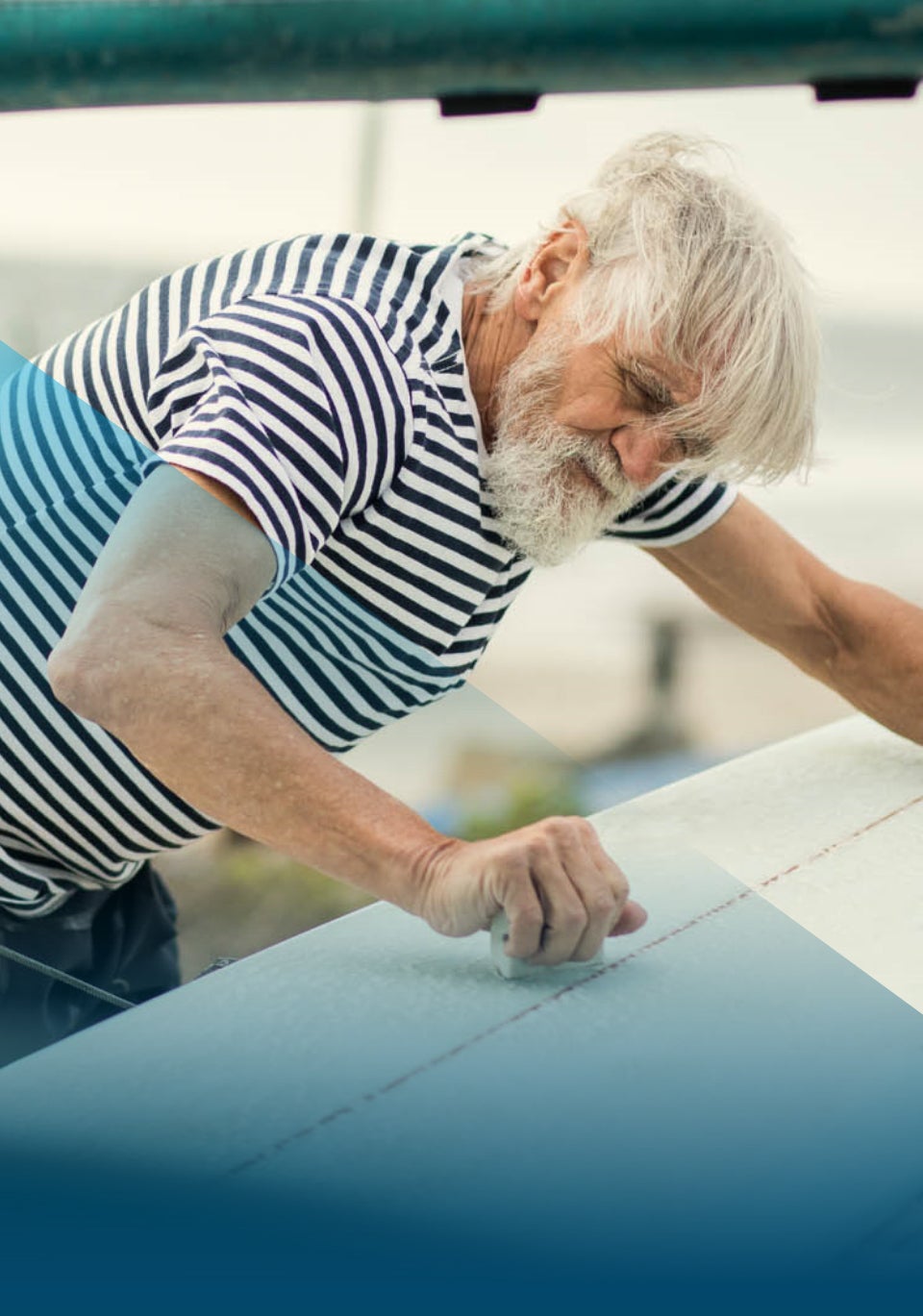
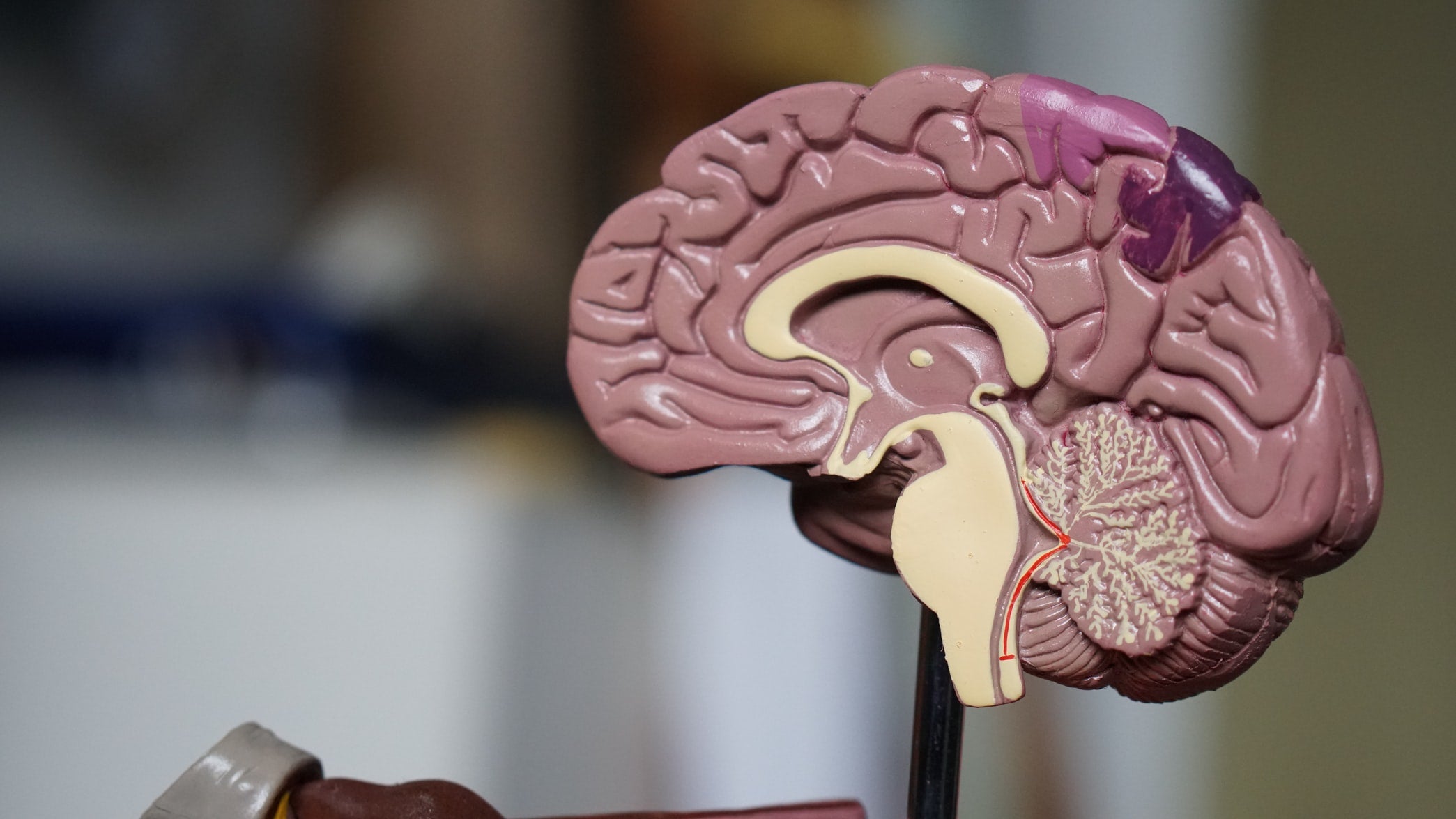
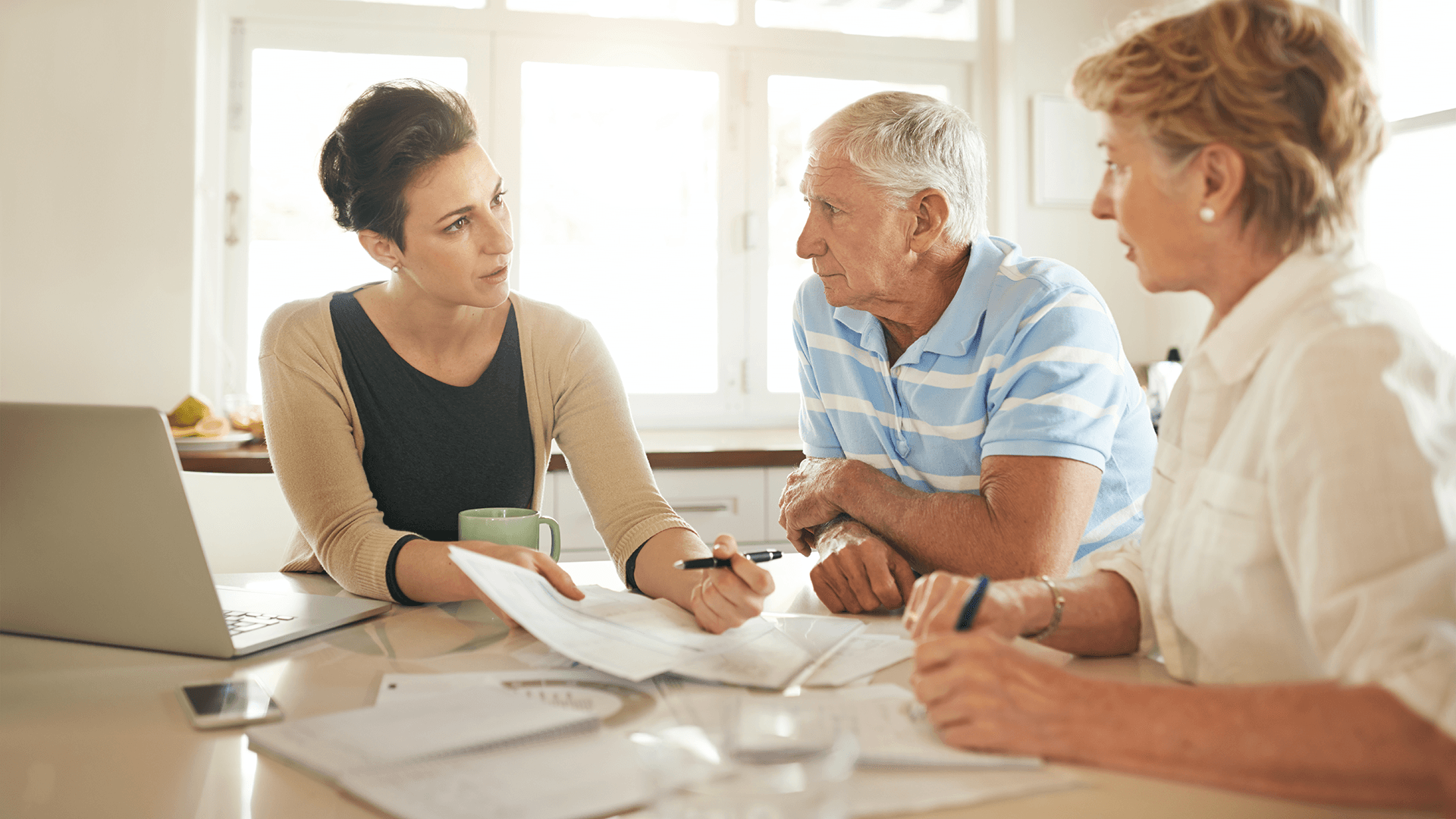
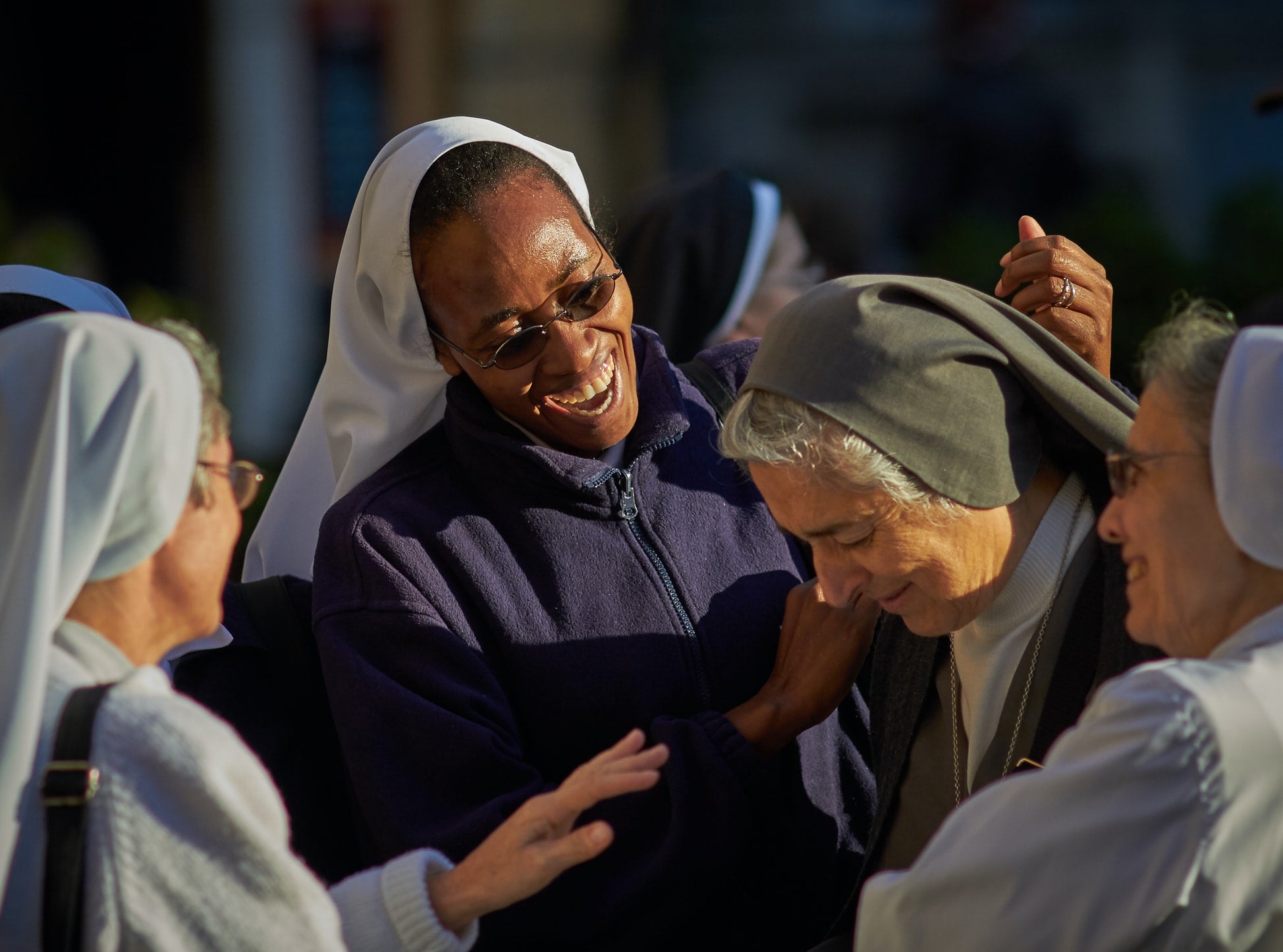
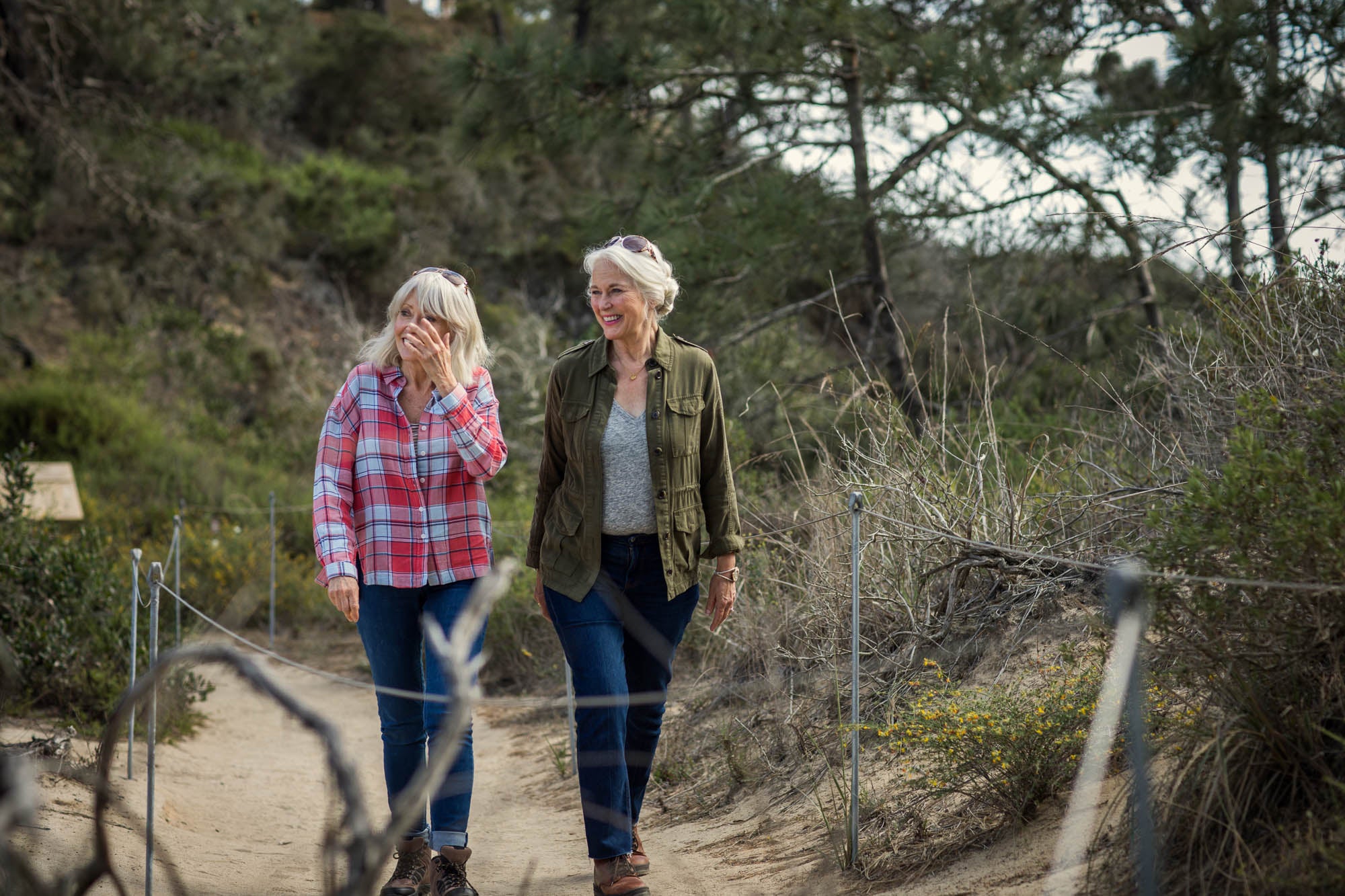










I WANT TO KEEP UP TO DATE ON RETIREMENT TRENDS
Follow Us.